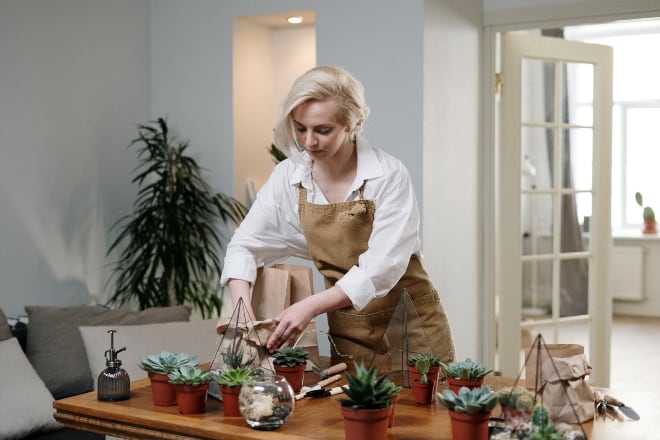
via: Pexels / cottonbro
Knowing how to propagate succulents is the best way of growing your collection of these fantastic little plants. Succulents are very easy to look after, making them popular plants for the house and garden, if you live in a suitable area.
It can be really useful to know how to care for succulents effectively before you start to propagate them as this gives them the best chance of survival. Once you have successfully created new tiny plants, finding out how to plant succulents will ensure that your hard work doesn't go to waste.
Keep reading to find out how to propagate succulents the best way so that you can easily expand your collection of plants.
Why is knowing how to propagate succulents important?
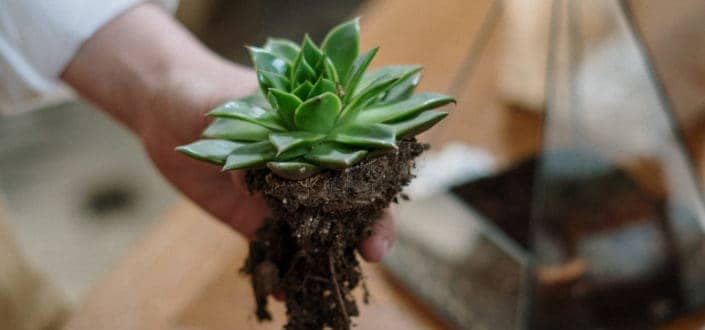
via: Pexels / cottonbro
Knowing how to propagate succulents is super important because it means that you'll have the best chance of growing new plants from your current established plants. Knowing the basics of propagating and looking after succulents is essential if you want to make things easy for yourself and give your plants the best chance of growing. Some types of succulents create small plantlets, but most types of these plants will need some help if you want to increase your collection.
How To Propagate Succulents

via: Unsplash / Crystal Shaw
Propagating a succulent is easy and relatively quick, with only a small amount of work involved. But knowing how to do this properly can mean the difference between your new plants thriving or failing to grow at all. Be sure to take a look through all the steps below to ensure that you know exactly how to have the best chance at success with your leaves or cuttings.
1. Propagating from leaves or cuttings
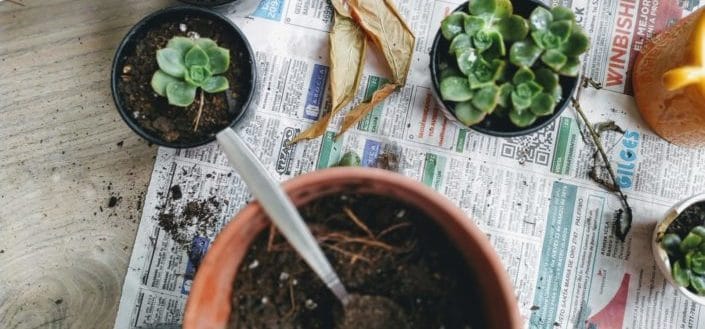
via: Unsplash / Melisa Hildt
There are two ways to propagate succulents - from leaves or from cuttings. Most succulents will grow from either a leaf or a cutting but some, such as Aeoniums, will only grow from cuttings. Because of this, you should start by quickly checking online what type of propagation technique you should use for your particular succulent variety.
Tip 1. Propagating succulents from leaves
Propagating from leaves is probably the easiest way to create new succulent plants. Knowing how to propagate succulents can be as easy as providing the right conditions for the leaves to grow roots.
To take a leaf from the plant, just grab it and twist it gently until it comes off. You'll want to make sure that you're taking off the whole leaf and not leaving anything attached to the stem. In fact, it's fine if you pull a little of the stem off with the leaf. If the leaf tears, you'll want to discard it and select a different leaf to pull.
Tip 2. Propagating succulents from cuttings
Taking a succulent cutting is almost as easy as removing a leaf. You'll want some small secateurs or sharp scissors in order to make the cut. Depending on your type of succulent, you can either cut off a shoot that has grown from the side of the main stem or cut off the top of the succulent.
If leaves have fallen off your plant, you might find shoots growing from the side of the stem and these are ideal to snip off. Alternatively, if your succulent has a long stem (which often happens if they aren't getting enough light) you can simply cut off the top, just above a leaf. This process is called beheading because you are taking the head off the plant.
2. Drying out your leaves and cuttings
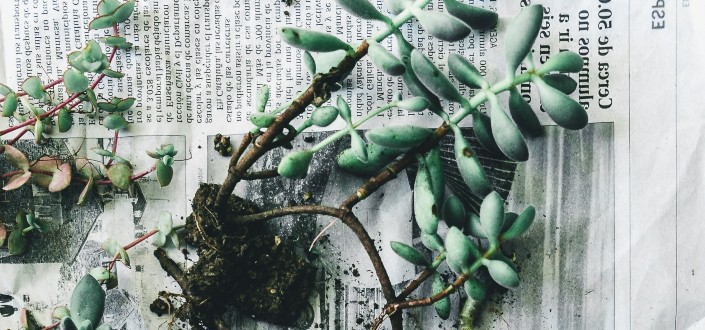
via: Unsplash / Florencia Potter
Once you have taken a cutting from your plant or remove leaves, you'll want to let them dry out. This is so that they can callous or "scab" over. The amount of time you should leave the cuttings depends on how hot and dry the conditions are, but as a general rule, you should wait for around three to five days. Laying the pieces of the plant out on kitchen paper or in a plastic container is a brilliant way to allow them to dry off. If you skip this stage, your cuttings will be at risk of absorbing too much water or being attacked by bacteria.
3. Rooting your new succulents
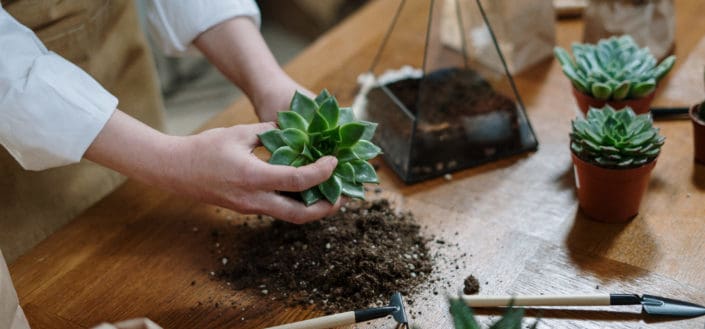
via: Pexels / cottonbro
When your leaves and cuttings have calloused over, you will need to look after them so that they can grow new roots.
Tip 1. Rotting succulent leaves
Succulent leaves are best placed on top of well-draining soil or potting medium. The calloused ends shouldn't touch the soil, but you should be sure to water the soil every time it dries out, which could be every day. A spray bottle is a good way to keep the soil moist without making it wet. The leaves might shrivel up but don't worry - this is often them using the energy within the leaf to grow roots and new smaller leaves. Over the next few weeks, the leaves should start to grow from the calloused ends.
Tip 2. Planting cuttings
Some cuttings might have roots already but many included beheaded succulents, don't. If your cuttings don't have roots, you'll want to treat them in the same way as above - lay them on the soil and ensure the soil doesn't dry out until they have grown new roots.
Once you have a cutting with roots, it'll need to be planted as it's a full (but small) plant. Cuttings need well-draining soil just like large succulents. If you can't find succulent soil at your local plant store or garden center, you can make your own using compost, gravel or perlite, and sand. Poke a small hole in the soil in a small pot, insert your cutting and gently cover the roots with the soil. Water the day after planting and keep damp for the first few weeks so that new roots and leaves can form.
4. Know how to water succulents
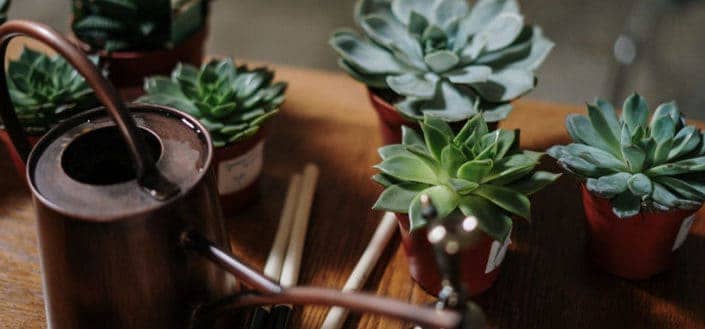
via: Pexels / cottonbro
Although leaves and cuttings should be kept damp when they are small and just starting to grow, keeping your succulents damp all the time can cause them to rot. Therefore, knowing how to water succulents is really important and something that you shouldn't overlook. Using the right type of soil and a pot with a hole in it can help excess water drain away which is essential for good plant health. Established plants should be watered about once a week and then left to dry out completely in between waterings. This can take some trial and error until you get into a successful schedule, but underwatered succulents are often much easier to revive than overwatered plants.
5. Know the different types of succulents
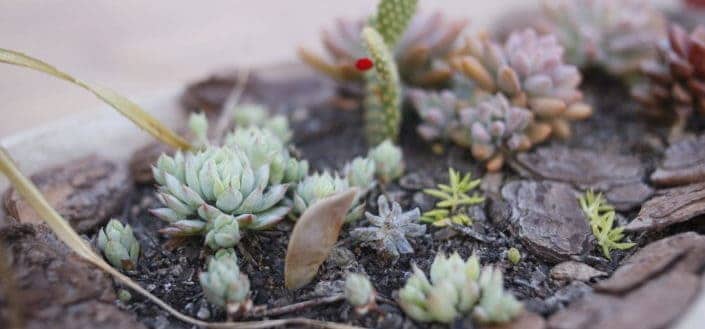
via: Pexels / Vidal Balielo Jr.
Knowing what type of succulent plants you have can help you to propagate them and encourage them to thrive. Learning about the different types of succulents can be rewarding as you'll find out about your own plants and you can plan what type of succulent to get next.
If you live in a cold climate, you will probably be growing indoor succulents which are best placed next to a window to help them get the maximum amount of light. Most succulents can be grown indoors as long as they are given the right conditions and watered the correct amount. Some of the most popular indoor varieties include Crassula, Echeveria, Lithops, and Sempervivums.
People living in warmer, drier climates are able to grow outdoor succulents more easily as they don't need to worry about frost or heavy rain. Varieties of succulent plants that grow well outdoors include Agave, Aloe, Sedum, and Aeonium. Some of these, such as Agave, can grow very large in a sunny spot in the garden.
6. Know how to feed succulents
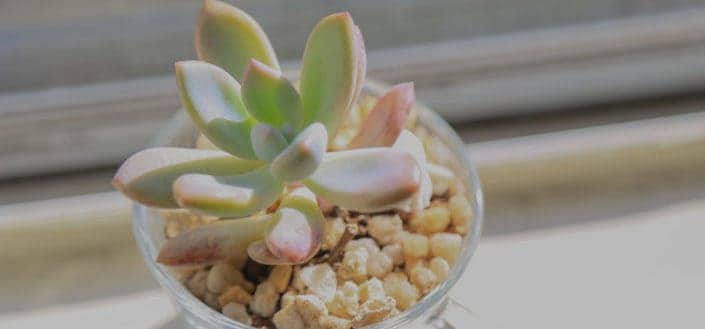
via: Pexels / Hanbo Wang
Once your new succulent plants have established themselves, they will begin to grow rapidly. At this point, it is a good idea to feed them so that they can grow as big as possible and establish good roots. Fertilizer for succulents can also often be used to feed cacti, which is an added bonus of investing in a bottle. Most succulents do most of their growing during the spring and summer, so this is the best time to feed them once you have provided an initial dose.
Be sure to follow the instructions on the bottle and dilute the feed exactly because over-fertilization can be harmful to the plants. Water the base of the plants with the fertilizer being careful not to pour it onto the leaves and they will get a boost of nutrients to help them grow.
More Ways Of How To Care for Plants
If you're excited by plants and gardening, then you'll want to find out how to grow other varieties and care for your garden too. Use the tips and advice below to help you grow something new or take the best care of your current plants.
- If you love avocadoes or are just hoping to grow something new, you might be delighted to find out how to grow an avocado tree in your home or garden
- When considering buying a new plant for your home, it can be super useful to find out about the different types of house plants so that you can choose the one which is most suitable for you.
- Are you looking for an easy way to water your garden? If so, you'll want to be sure that you check out these suggestions for the best garden hose which will ensure all your plants get enough to drink.
In Conclusion
Now that you've learned how to propagate succulents and how to plant succulents, you're well on your way to having an awesome collection of new plants to look after. As long as you remember how to care for succulents, your new plants will thrive in no time.














